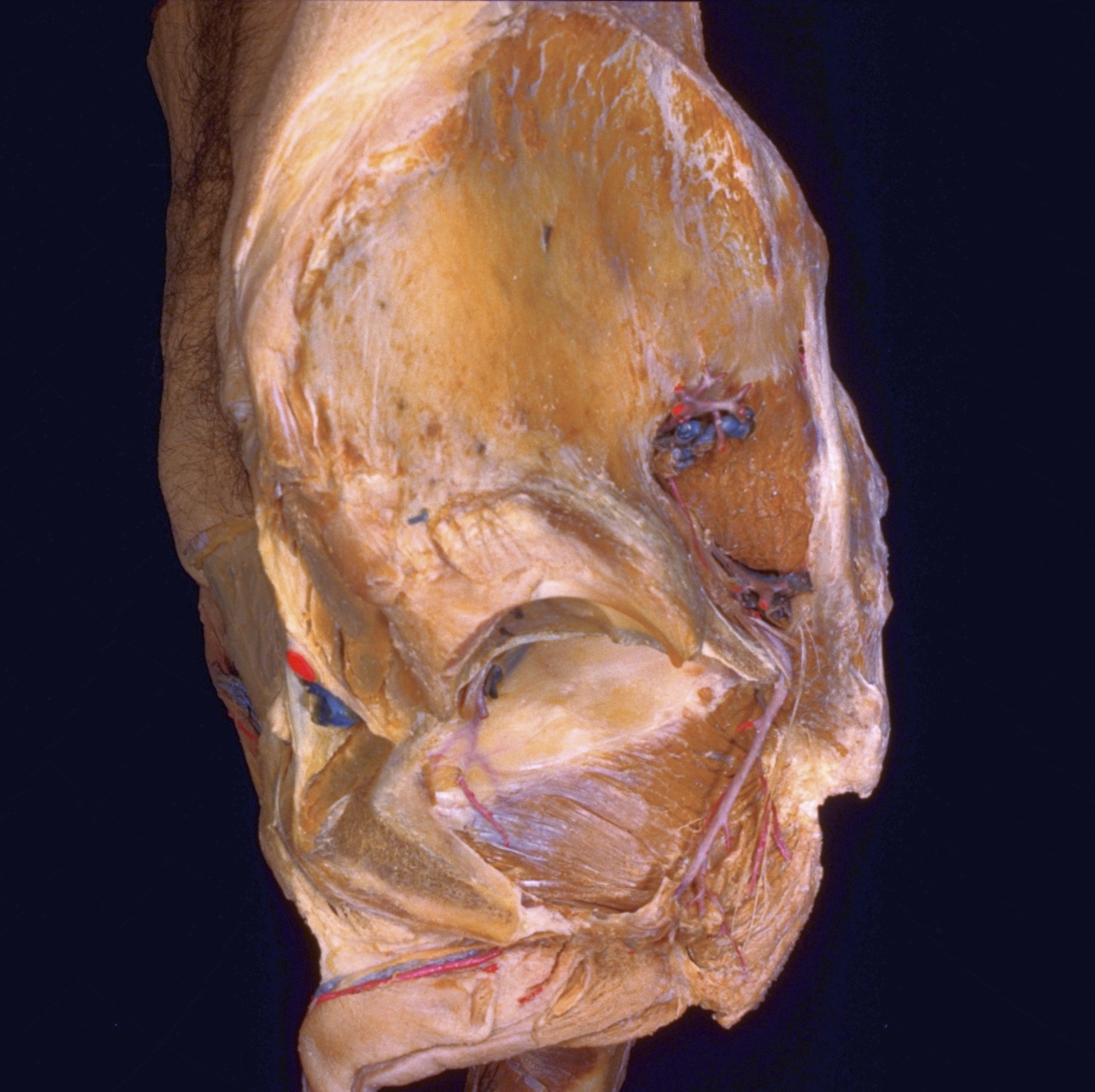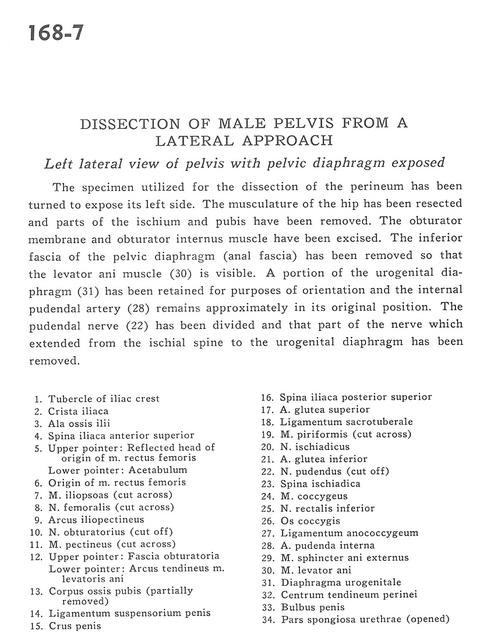Dissection of male pelvis from a lateral approach
Left lateral view of pelvis with pelvic diaphragm exposed
Stanford holds the copyright to the David L. Bassett anatomical images and has assigned
Creative Commons license Attribution-Share Alike 4.0 International to all of the images.
For additional information regarding use and permissions,
please contact Dr. Drew Bourn at dbourn@stanford.edu.
Image #168-7
 |  | ||||||||||||||||||||||||||||||||||||||||||||||||||||||||||||||||||||||||
 |
|